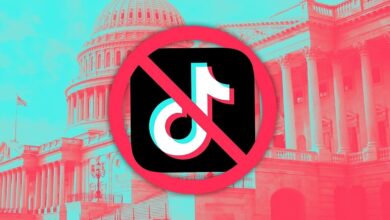The Chernobyl nuclear disaster: What happened 37 years ago, do the risks remain?

On April 26, 1986, the city of Chernobyl, 130 kilometers north of Kiev, the capital of Ukraine, then part of the Soviet Union, was the scene of one of the worst environmental disasters in human history.
The explosion at the fourth reactor of the Chernobyl Nuclear Power Plant near the city of Pripyat released radiation 50 times the amount of the atomic bomb dropped on Hiroshima in 1945.
After the explosion, clouds loaded with radioactive material affected many countries, including Turkey.
According to some independent studies, the Chernobyl nuclear disaster directly or indirectly caused the deaths of approximately 200,000 people.
Hundreds of thousands of children were born disabled due to the effects of the disaster, and cancer cases were claimed to have increased. The negative effects of the accident are expected to last for generations.
The forest fire that started in Chernobyl on April 4, 2020, which could only be brought under control after about two weeks, once again raised the issue of how much risk the traces of the nuclear disaster pose today.
Ukrainian scientists, whose opinions we consulted, pointed to different possibilities in this regard. Maksim Kremen, who worked at the Chernobyl Nuclear Power Plant in 1986 and today is the President of the Union of Veterans of the Nuclear Energy and Industry Sector of Ukraine, shared his memories of that period with us.

When was the Chernobyl Nuclear Power Plant built?
The construction of the Chernobyl Nuclear Power Plant in the Ukrainian Soviet Socialist Republic, then part of the Soviet Union, began in 1970. The city of Pripyat was built three kilometers away for the plant’s personnel and their families.
The plant’s first reactor unit became operational in 1977. With the subsequent completion of three more power units, annual energy production reached 29 billion kilowatt hours.
The Chernobyl Nuclear Power Plant was planned to become the largest nuclear power plant in the world with 12 reactors, each with a capacity of 1000 MW. Before the explosion, the plant was operating with four reactors and two more were under construction. The fourth unit that was involved in the accident had been in operation for three years.
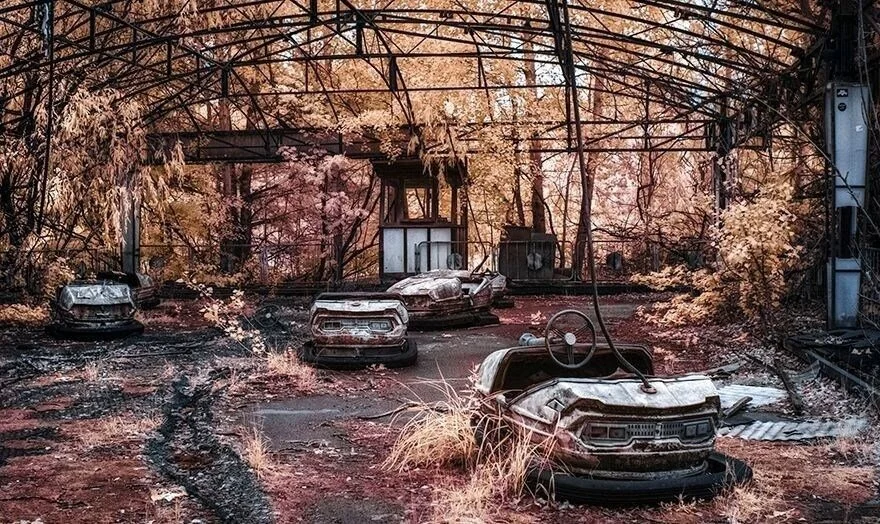
What happened at the plant on April 26, 1986?
On April 25, 1986, preparations for routine preventive maintenance work began at the fourth reactor of the Chernobyl Nuclear Power Plant.
It was planned to test the turbine generator to be used as an additional power source in the event of a future emergency.
It was decided to conduct the test at a power level of 700-1000 MW. The day before the accident, the reactor’s power was reduced to about 1600 MW and the emergency cooling system was shut down for the test.
At 11:10 p.m., the power level started to be reduced to 700 MW. The automatic power mode was switched on, but the power stop setting was not set to 700 MW, so the power level dropped to 30 MW.
The operator on duty tried to restore power and finally started the test at 200 MW, which was below the planned level.

At 01.23 on April 26, the emergency stop signal lit up on the control panel. The operator pressed the button to stop the reactor and the control rods started to move downwards. Within seconds the power level reached 100 times the nominal value.
After the situation spiraled out of control, two massive explosions occurred a few seconds apart.
According to eyewitness accounts, the first explosion sent up a red flame, the second a blue flame, and then the plant was covered with a giant mushroom cloud.
What caused the Chernobyl nuclear disaster?
The actual causes of the biggest nuclear disaster in human history are still debated today.
The state commission established in the Soviet Union at the time to investigate the causes of the accident blamed the plant staff and management for the accident.
For violating safety rules, plant manager Viktor Bryukhanov and chief engineer Nikolay Fomin were sentenced to 10 years in prison each, deputy chief engineer Anatoliy Dyatlov to five years, reactor supervisor Aleksandr Kovalenko to three years, shift supervisor Boris Rogojkin and supervisor Yuriy Laushkin to two years each.
Maksim Kremen, who at the time was the head of the staff responsible for technical adjustments at the Chernobyl Nuclear Power Plant and today is the President of the Union of Veterans of the Nuclear Energy and Industrial Sector of Ukraine, shared with us a memory from the day before the explosion:
“On April 25, 1986, as I was leaving the plant after work, I accidentally ran into Dyatlov and Kovalenko. Kovalenko approached me and said that there was something strange about the operation of the reactor. But Dyatlov stopped him sharply and did not let him continue. I did not dwell on it, because it was not my responsibility.”

Kremen said that he guessed that the reactor supervisor and the deputy chief engineer were aware of the problem with the reactor:
“The deputy chief engineer did not have the determination to give the command to stop the reactor. He was afraid of not being able to carry out the experiment. The chief engineer was an electrical engineer by profession. There was only one thing he had to do in this situation: stop the reactor. Despite their professional responsibility, they were afraid to take this decision.”
The International Committee on Nuclear Safety (INSAG) of the International Atomic Energy Agency (IAEA) initially agreed with the Soviet state.
The INSAG report concluded that the accident was the result of a combination of rule violations and personnel errors, and accused the plant management of “conducting the experiment at all costs”.
However, in a new report on the accident in 1991, the same organization concluded that “what started as a mistake by operational personnel turned into a catastrophe due to the inadequate design of the reactor.”
In its final report in 1993, INSAG argued that some of the previous conclusions about personnel errors were wrong and that the accident was more likely to have occurred due to a design flaw in the reactor, the reactor’s failure to meet safety standards and the inadequacy of general safety measures at the nuclear power plant.
There have also been claims that the accident could have been caused by an earthquake, sabotage or an “act of terrorism”, but there is no evidence of these.

What were the consequences of the nuclear disaster?
Maksim Kremen, who lived in Pripyat, woke up early on Saturday, April 26, 1986. He had planned to go canoeing on the river that day with his 6-year-old son. They drove to the garage, located one kilometer from the nuclear power plant:
“On the way I met an acquaintance who worked at the plant. He told me that the roof of the fourth reactor had collapsed. I was shocked. When my son and I arrived at the garage, I saw smoke rising from the fourth block.
“When I went up to the roof of the garage, I saw a horrible picture. The lid of the reactor was lifted at a wide angle and the pipelines were hanging over it.
“So I decided to go home. My colleagues and I gathered at my house and started talking about the accident. It was impossible to get out of Pripyat. All the minibuses were stopped, private cars were not allowed to leave either.
“April 26 in Pripyat was no different from any other day. There were no warnings or restrictions on daily life. People gathered in groups and talked about the accident at the plant.
“On Saturday evening, Pripyat’s party and municipal leaders took their families out of town. The news spread immediately. We were prisoners, and on Sunday they started taking people away.
“Everything was normal before the accident. People were buying cars, building their houses. They had hope. But a moment came and everything that was precious to them was gone…”
Some time after the nuclear disaster, residents of the city of Pripyat and a 10-kilometer radius around the Chernobyl nuclear power plant were evacuated. In May 1986, between 116,000 and 350,000 people were evacuated from the 30-kilometer zone, according to different data.
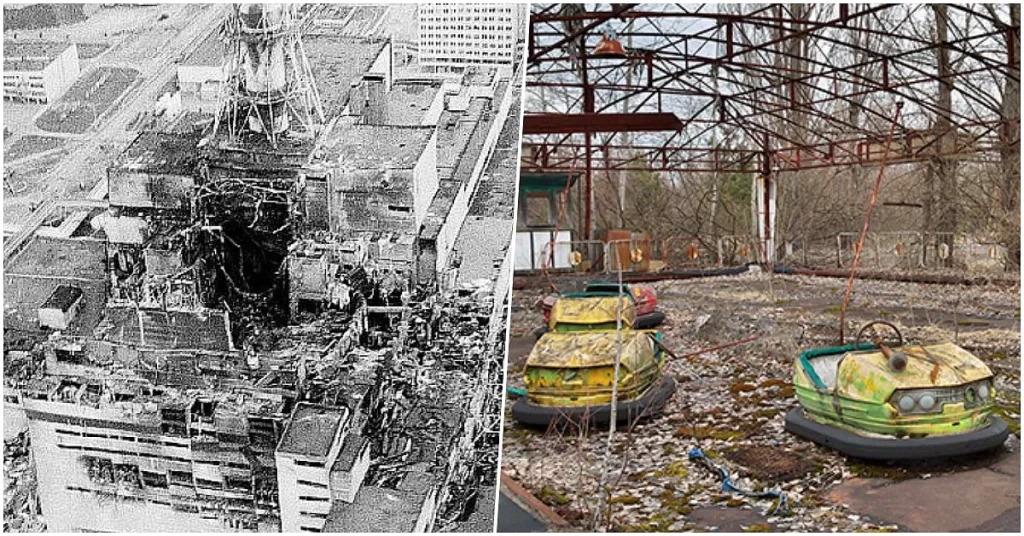
The fire caused by the accident lasted 10 days. The explosion released about 380 million kuri (units of radioactivity) of radiation into the environment.
An area of 200 thousand square kilometers, 70 percent of which is located on the territory of Belarus, Ukraine and Russia, was affected by radiation.
After the accident, clouds of radioactive material spread to many countries in Europe.
How many people lost their lives as a result of the disaster remains a matter of debate to this day.
The nuclear disaster initially claimed the lives of 31 people working at the plant. But the real devastating effects of the accident emerged later.
According to some independent studies, the Chernobyl disaster directly or indirectly caused the deaths of around 200,000 people.
According to different data, between 600,000 and 800,000 people in the Soviet Union took part in the work to eliminate the effects of the disaster. More than 70,000 of them were permanently disabled.
Maksim Kremen was one of those who took part in this work in 1986-1987 and was later awarded the “medal of honor”.
The accident exposed 1.9 million people in Ukraine and 8.4 million people in Belarus, Russia, Ukraine and Europe to radiation.
After the explosion, all the pine trees near the plant turned red and died due to the high radiation. Almost all of the animals perished.
There were different claims about the effects of the disaster on Turkey.
The Turkish Medical Association drew attention to the fact that the disaster particularly affected the Eastern Black Sea region of Turkey and that there might be a connection between the disaster and cancer cases in the region.
Different officials, on the other hand, claimed that there was no evidence of a link between cancer cases in the region and the disaster.
How is Chernobyl today?
Since the explosion at the Chernobyl nuclear power plant in 1986, an area of about 4,000 square kilometers has been abandoned. The exclusion zone covers the territory of Ukraine and Belarus. The city of Pripyat near the plant has turned into a “ghost town”.
Agriculture is banned and no new construction is allowed in the radioactive contaminated area.
There are police checkpoints 30 kilometers from the forbidden zone. However, despite this, the city has been the scene of robbery and looting many times so far. It is reported that there is hardly a single apartment in the “ghost town” where valuables have not been stolen.

The last functioning reactor of the Chernobyl Nuclear Power Plant was shut down on December 15, 2000.
The wreckage of the reactor where the nuclear disaster occurred was covered with a giant steel shield in 2016 to prevent radioactive leakage.
Today, the state-run Chernobyl Nuclear Power Plant is operated by the state enterprise responsible for the safety of nuclear facilities and radioactive waste, environmental monitoring and scientific work.
Projects to build a solar power plant and a nuclear fuel storage facility for Europe were also on the agenda.
Chernobyl fire hits tourism
The forests, which were exposed to high levels of radiation after the nuclear disaster, have now turned into a paradise for wildlife.
Many wild animals and hundreds of bird species live in the region. Research shows that the high levels of radiation do not have a serious negative impact on wildlife in Chernobyl today.
However, anomalies can be observed in some animals. For example, albinos are common among birds. Insects have shorter lifespans than normal, and rodents have low fertility.

The area where the Chernobyl Nuclear Power Plant exploded and the city of Pripyat have been attracting tourists from all over the world in recent years. According to official data, 124,000 people visited the region in 2019, thanks to the series “Chernobyl”, which attracted great attention all over the world.
But after the recent fire, a third of the tourist attractions in Chernobyl were destroyed. One of the biggest losses was the burning of the “Izumrudnoye” Soviet youth camp, where the first liquidators lived after the 1986 nuclear disaster.
What are the effects of the nuclear disaster today?
Chernobyl came to the fore again with Russia’s invasion of Ukraine, which began in February 2022. Staff working at Chernobyl said that by April 1, 2022, Russian troops who had taken over the former nuclear power plant had left the site.
The fire at Chernobyl, which started on April 4, 2020 and lasted for nearly two weeks, also caused concern. The fire spread to an area two kilometers away from the city of Pripyat and the facilities where radioactive waste was located, bringing the risks associated with Chernobyl back to the agenda.
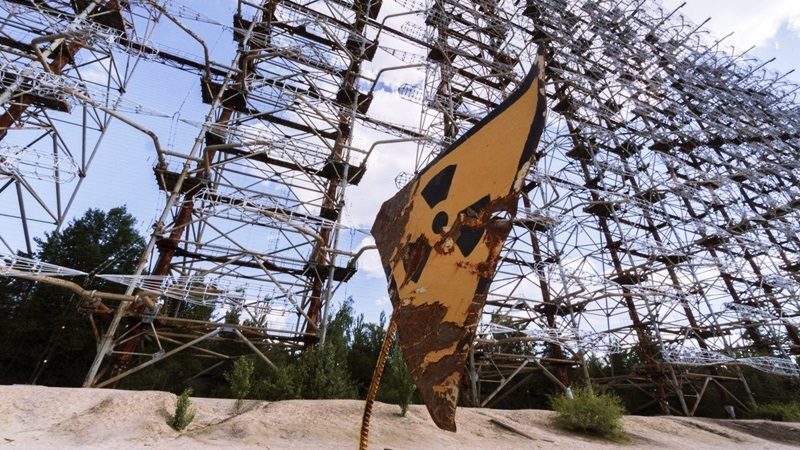
The most significant negative impact of the disaster today is the radioactive contamination of about 1 million hectares of land in Ukraine and Belarus.
Ivan Kovalets, Head of the Department of Environmental Informatics at the National Academy of Sciences of Ukraine (NAN), says that controlling and burying the remains of nuclear fuel and radioactive materials are the main problems today.
Noting that there is a large amount of radioactive material at the bottom of the cooling pool of the Chernobyl Nuclear Power Plant, the academic points to the following risks:
“If the pond dries up, these radioactive materials could be released into the air by the wind. Forest fires in the Chernobyl region can also increase radioactive activity. Solving all these problems requires a large number of specialists to work in the region on a regular basis. This poses certain risks to their health.”
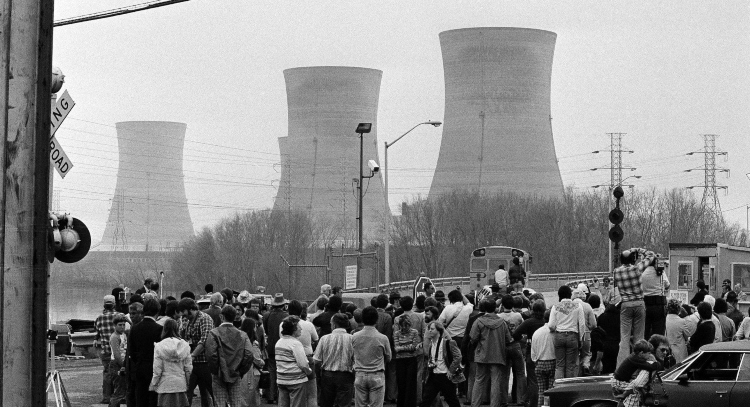
Asked whether the fires in the region pose a serious risk, Kovalets said:
“Some radioactive waste repositories contain long-lived radioactive materials. Therefore, of course they pose a danger. But since they are usually stored in reinforced concrete compartments, it is unlikely that fires will cause these materials to escape from the repositories.
“In storage facilities with nuclear fuel residues – and not only in Chernobyl – there is the possibility of an uncontrolled restart of a nuclear reaction (criticality accident). But this does not mean a nuclear explosion.”
According to Sergiy Paskevich, Deputy Director of the NAN Institute for Safety Issues at Nuclear Power Plants, the radioactive waste repositories in the region do not pose a safety risk that could lead to the release of radioactive materials into the environment in case of fire or floods and hurricanes.

Both experts agree that the radiation levels at Chernobyl do not pose a threat to human health in Ukraine and neighboring countries today.
The International Atomic Energy Agency (IAEA) also said in its latest report that the forest fires in the Chernobyl region “did not cause a dangerous increase in radioactive particles in the air.” The report stated that the increase in measured radiation levels was very low and did not pose a risk to human health.
However, experts emphasize the need for more scientific research into the possible risks that the traces of the Chernobyl disaster, the worst environmental disaster in human history, could pose today.
- Kiev shrouded in smoke due to fire near Chernobyl
- President of Ukraine: ‘Chernobyl flames extinguished, fire fighters caught’
- People living in the shadow of Chernobyl tell their stories: ‘I was 25 when I got involved in the cleanup. I’m almost 60 now’
- Chernobyl worker comments on record-breaking series: ‘The disaster is portrayed very strongly, but there are some inconsistencies’
- Chernobyl: First Christmas tree in the ‘ghost town’ in 33 years
Source: https://www.bbc.com/





